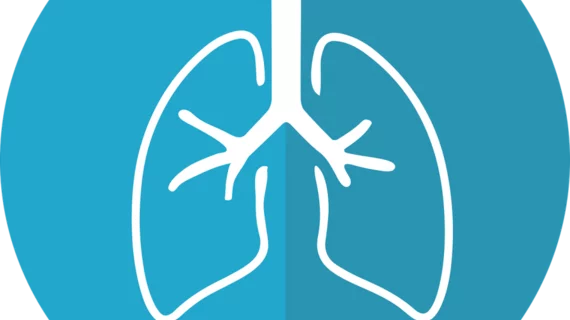Lung ultrasound for COVID-19: Expert physicians propose new international standards
Radiological evidence continues to mount in favor of using lung ultrasound in patients with the coronavirus. And Italian experts recently shared their own experience with the modality and proposed a standardized approach for deploying it in clinics around the globe.
Italy has been hit particularly hard by the new virus, harboring the second-highest case total worldwide, sitting only behind the U.S. Physicians from the country, who’ve been treating these patients, decided to combine findings from their institutions with hopes of informing clinicians on the front-lines of the epidemic.
They outlined proper equipment usage, procedures, disease classification, and data-sharing March 30 in the Journal of Ultrasound in Medicine.
“COVID-19 is a worldwide health challenge, involving not only health, but also economics and social behaviors,” wrote Gino Soldati, MD, with Valle del Serchio General Hospital’s Diagnostic and Interventional Ultrasound Unit, and colleagues. They added that the time has come to change medicine’s approach to researching this virus so the world can be on the same page.
Proper equipment and protocol
A wireless probe and tablet is the most appropriate type of ultrasound equipment to evaluate individuals with the coronavirus, and can be covered in single-use plastic for less contamination risk and easy sterilization. They’re also cheaper than traditional machines.
If these are unavailable, clinicians should use portable devices set aside only for COVID-19 cases, the team noted.
“Importantly, LUS can be used in every setting, including low to middle income countries, allowing the reduction of disparities in trials participation, since secondary-level imaging studies (such as CT scan) are not everywhere easily accessible,” the authors added.
In terms of acquisition protocol, technicians should scan 14 specific areas per patient for 10 seconds each. When examining those in critical care, who may not be able to sit upright, operators should have a partial view of the “posterior basal areas,” which are now considered “hot areas” for the new virus.
Soldati and colleagues described the imaging settings and methods in great detail, including what to avoid, proper frame rate and the file format for saving ultrasound video.
Disease scoring framework
The researchers propose a mechanism to score disease burden on a scale of zero to three, with the latter indicating the most severe findings, such as white lung. They included ultrasound images corresponding to each score to aid radiologists’ interpretations.
For each part of the lung, such as quadrant 1, the clinicians should note the areas with the highest score.
Data sharing
Soldati et al. “strongly encourage” the scientific community to help create a protected, internationally available database filled with x-ray, ultrasound and CT images—along with videos—of COVID-19 patients.
They believe such a repository will spur creation of algorithms, allow different centers to compare findings and encourage the creation of telemedicine and telematic teaching programs.
The Radiological Society of North America recently announced plans to create such a database, asking radiology leadership to share institutional imaging data regarding the coronavirus.
Clinicians throughout Italy shared more than 30 cases of confirmed COVID-19 totaling about 60,000 frames to-date to inform their proposed guidelines. Images were reviewed by team members blinded to clinical backgrounds. A biomedical engineer expert in lung ultrasound analyzed the data and suggested the proposed grading system, which was later agreed upon by all team members.
Read the full guidelines for free here.

